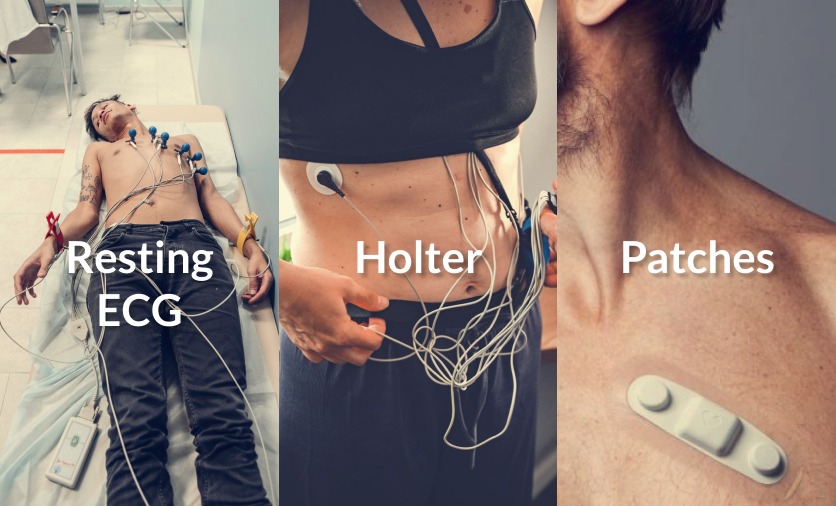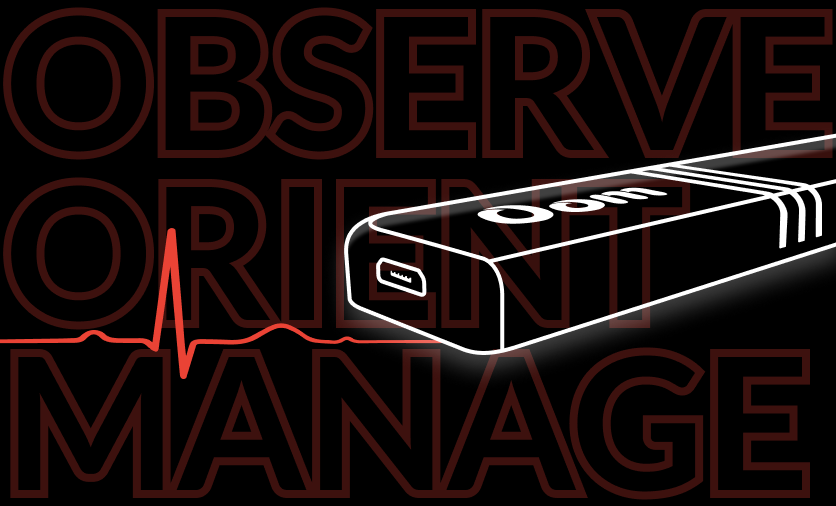Bridging the Gap in Cardiac Monitoring: Why India Needs Telemetry & Expert Guidance
Cardiovascular diseases (CVDs) remain the leading cause of death in India, accounting for nearly 28% of total mortality. With genetic predisposition, sedentary lifestyles, and rising stress levels, early detection and continuous monitoring are critical. While Holter monitors, ECGs, and wearable patches provide valuable insights, they lack one crucial element—real-time telemetry and expert intervention.

The Growing Use of Cardiac Monitoring Devices in India
Patients today have multiple options for cardiac assessment:
- 12-Lead ECGs: Gold standard for detecting arrhythmias but only provide a snapshot of heart activity.
- Holter Monitors: Useful for 24-48-hour monitoring, yet bulkiness, data lag, and lack of real-time feedback limit effectiveness.
- Wearable ECG Patches: Comfortable for long-term use (up to 14 days), but most lack real-time telemetry and clinical oversight.
- Smartwatches & Fitness Bands: Convenient but not clinically reliable for serious cardiac conditions.
The Missing Link: Real-Time Telemetry
Despite these advancements, the key challenge remains—timely detection and expert intervention. Many patients experience silent cardiac events, missed due to periodic check-ups or retrospective monitoring.
Telemetry-based monitoring bridges this gap by:
- Continuous, real-time ECG tracking, ensuring no arrhythmic events go unnoticed.
- Instant alerts to healthcare providers, allowing early intervention before complications arise.
- Remote accessibility, making it ideal for patients in rural areas with limited access to cardiologists.
Why Expert Guidance Matters
Data alone isn’t enough—accurate interpretation and timely action are crucial. Without expert intervention, patients may face:
- Unnecessary anxiety due to misinterpretation of ECG data.
- Delayed diagnosis if abnormalities are overlooked.
- Improper medication adjustments, leading to adverse effects.
A telemetry-backed monitoring system ensures that data is not just collected but analyzed in real time by trained professionals. It allows for:
- Personalized risk assessment based on heart trends.
- Immediate medical intervention in case of life-threatening events.
- Optimized medication management, preventing over- or under-treatment.
The Way Forward
With India’s rising CVD burden, integrating telemetry with wearable ECG solutions is no longer optional—it’s essential. Hospitals, healthcare startups, and policymakers must push for AI-powered, real-time cardiac monitoring systems accessible to all.
For individuals, choosing the right monitoring device with expert guidance can mean the difference between early prevention and a missed warning sign. Telemetry-enabled solutions ensure that every heartbeat counts, reducing hospital visits, healthcare costs, and ultimately, saving lives.
The future of cardiac care in India lies in seamless, continuous monitoring—because your heart deserves more than just periodic check-ups.

 +91 70694 03000
+91 70694 03000 sales@projectkmt.com
sales@projectkmt.com






